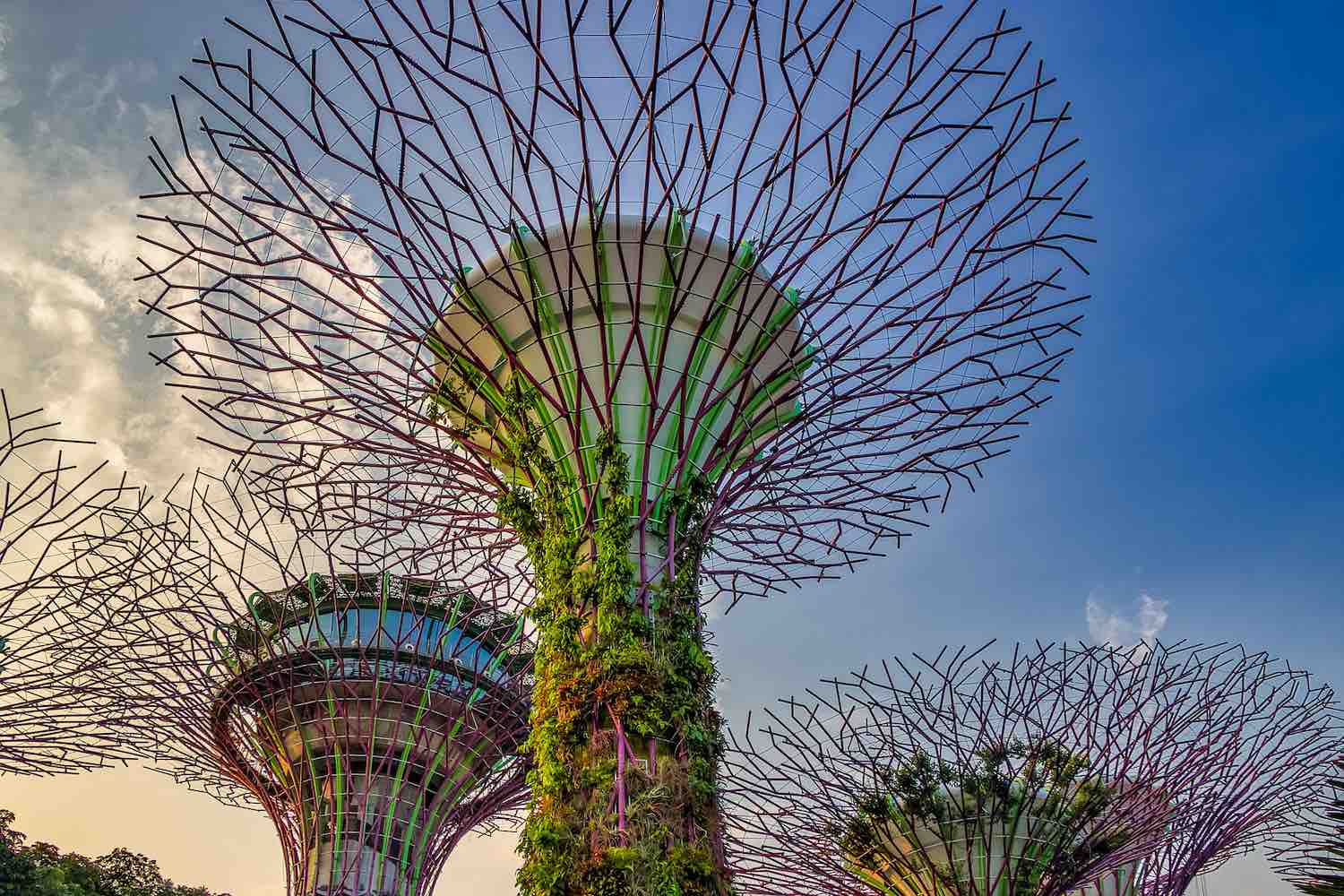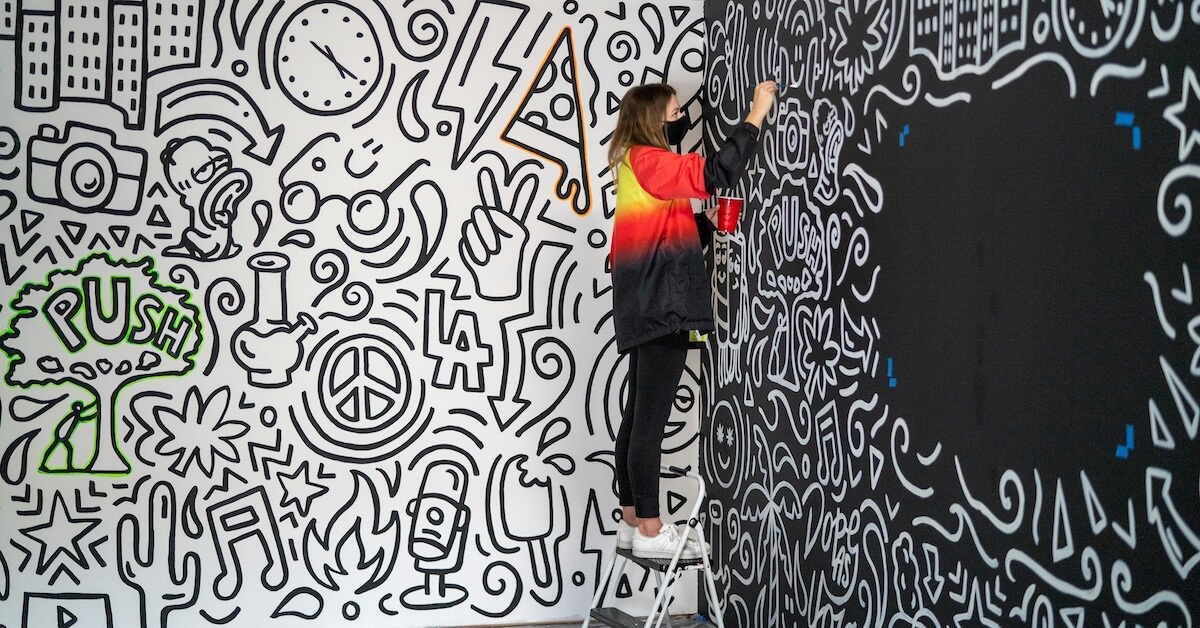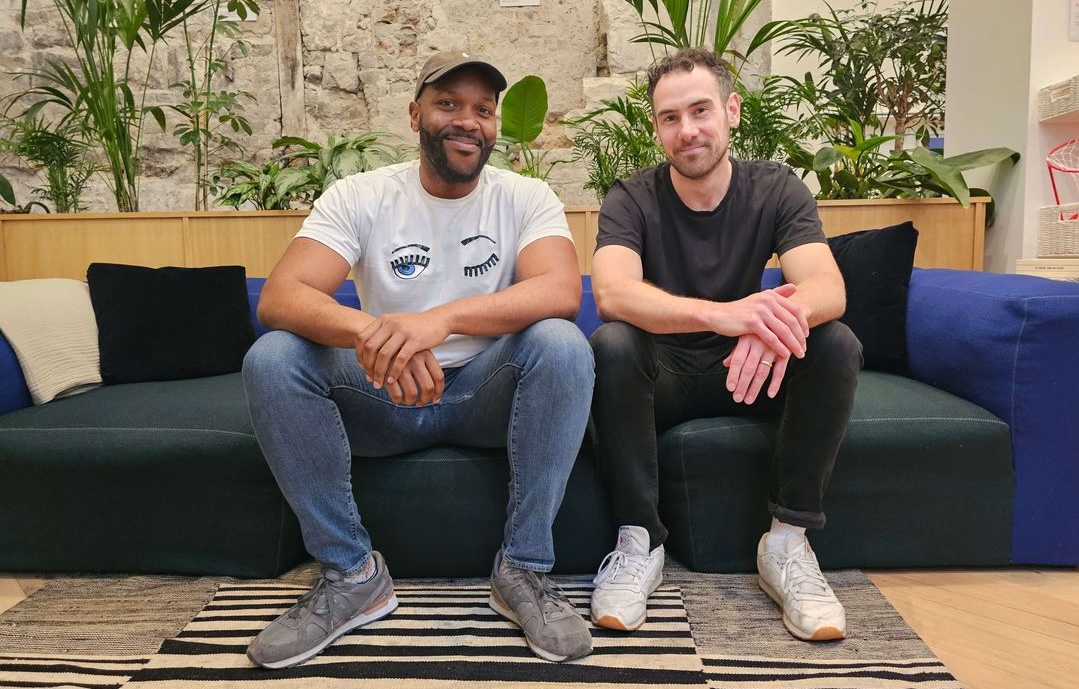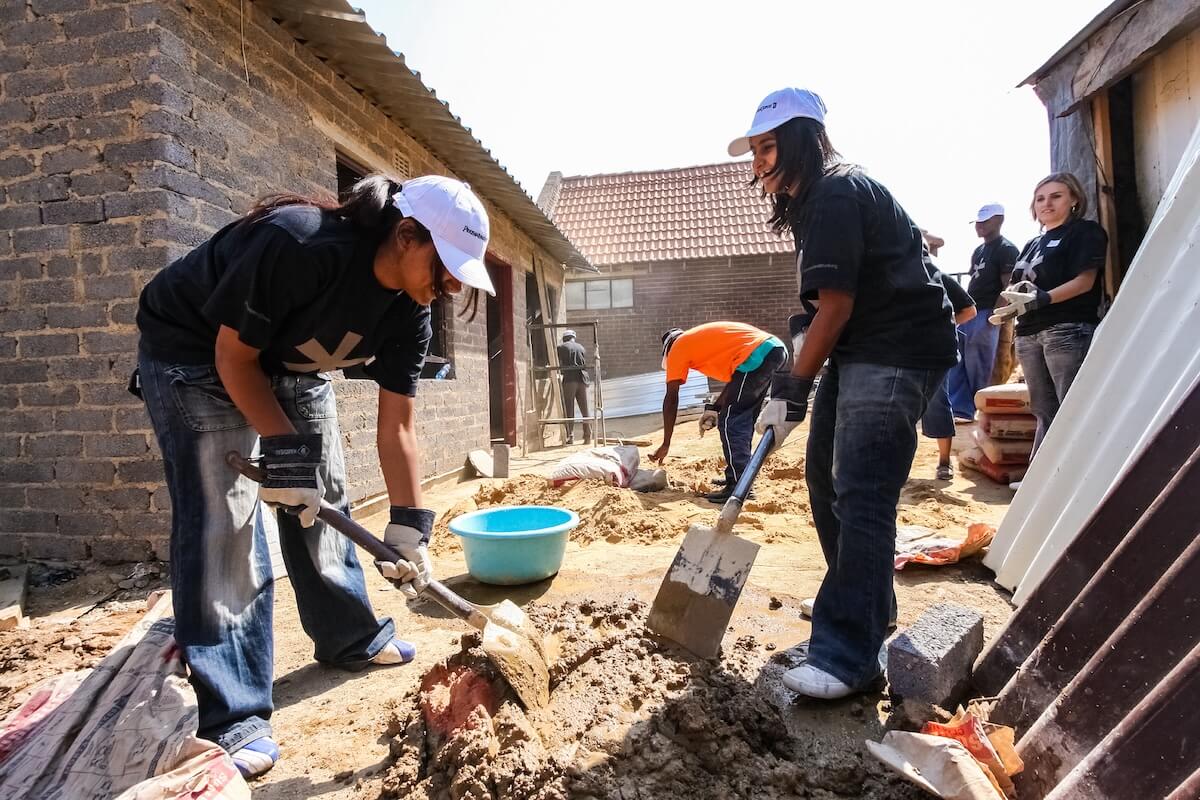Cities and countries have scrambled to contain the COVID-19 virus – with widely varied success. How have Singapore, Hong Kong and Seoul succeeded in tamping down the pandemic, while Italy and the U.S. have struggled?
Chalk it up to the resilience dividend.
“Cities who have taken a resilience approach are better prepared,” Global Resilient Cities Network’s Lauren Sorkin told ImpactAlpha. For the past several weeks, the network has been sharing best practices from cities for responding to COVID-19. “You have to start thinking about an intentional recovery even while dealing with a crisis. You don’t want to wake up on Day 1 without a roadmap.”
The emerging playbook for effective COVID response includes tactical measures such as setting up systems to communicate high quality information to citizens, mapping and prioritizing resources to vulnerable communities. Resilience is built over time, by investing in local enterprises, supply chains, hospitals, education and other social infrastructure, as well as policies that knit together a social safety net.
In Singapore, where Sorkin lives, “social cohesion is very strong.” Traditional “kampong” villages have given way to development, she says, but “community associations are very strong.” Last year the government set a “30 by 30” target to raise local food production from 10% to 30% by 2030.
Social cohesion
The Resilient Cities network was spun off from the Rockefeller Foundation last year and is now run by cities themselves. The foundation had provided initial funding for 100 “chief resilience officers” in cities across the globe in the aftermath of Hurricanes Katrina and Sandy.
The legacy of COVID-19 may be that cities get better prepared to handle the next pandemic. In the current crisis, the best prepared cities are those with experience dealing with similar outbreaks, such as SARS in 2002 and 2003, which was primarily concentrated in Asia.
SARS jolted Singapore to upgrade its infrastructure and systems. “Isolation hospitals were built, more negative pressure rooms were created and legislation was put in place,” explains Singapore’s National University Hospital’s Dale Fisher.
Singapore mobilized late last year as news began filtering out of China about the new, rapidly spreading virus. Early, widespread testing helped identify and isolate infected citizens. The government used WhatsApp and other channels to quickly communicate health and safety information. The public was directed to download a controversial contact tracing app, and adapted to frequent temperature checks before entering buildings.
“This crisis is an enormous opportunity to look at our local economies and what we can strengthen,” Sorkin says. Here’s a sampling of some of innovative responses from around the globe:
Mobilizing small business. In China, officials identified and mapped local businesses that could help with logistics and act in partnership with city governments to deliver supplies and participate in relief efforts, says Sorkin. In Washington DC, street vendors were given COVID-specific health training and paid to act as “health ambassadors” in their neighborhoods, distributing hand sanitizer and health information.
Helping Main Street businesses weather the coronavirus superstorm
The Big Freeze. Viruses thrive on density and contact. Denmark is shutting down virtually its entire entire economy for three months – and paying employees not to work. “We are freezing the economy,” Aalborg University’s Flemming Larsen told The Atlantic. “The hope is that this will be over in three or four months, and then we can start up society again.”
Denmark’s government will cover salaries at private companies that don’t fire their employees. “These workers are being paid a wage to do nothing. The government is saying: Lots of people are suddenly in danger of being fired. But if we have firing rounds, it will be very difficult to adapt later.”
Workers’ comp. Germany’s kurzarbeit system, or “short time work,” put in place after the 2008 recession, compensates workers whose hours have been pared back temporarily. In response to the coronavirus crisis, the government is providing $40 billion in direct subsidies and loans to gig workers and small businesses.
Sustainable design. Pandemics don’t require the same sort of physical rebuilding as a natural disaster does, but they do highlight the need for more resilience. “Resiliency and sustainability – meaning the economy, environment and equity – need to be part of a continuum of action,” Matt Petersen, former chief sustainability officer for Los Angeles and head of the city’s cleantech incubator.
That means solar power plus storage, distributed green infrastructure, electric vehicles and mass transit – and workers who are trained to build and manage such resilient systems. The corona crisis is a wakeup call to take looming challenges such as climate change more seriously, says Petersen,”because while it may not be as immediate as overwhelming our healthcare system, it will overwhelm our society writ large increasingly every year.”











